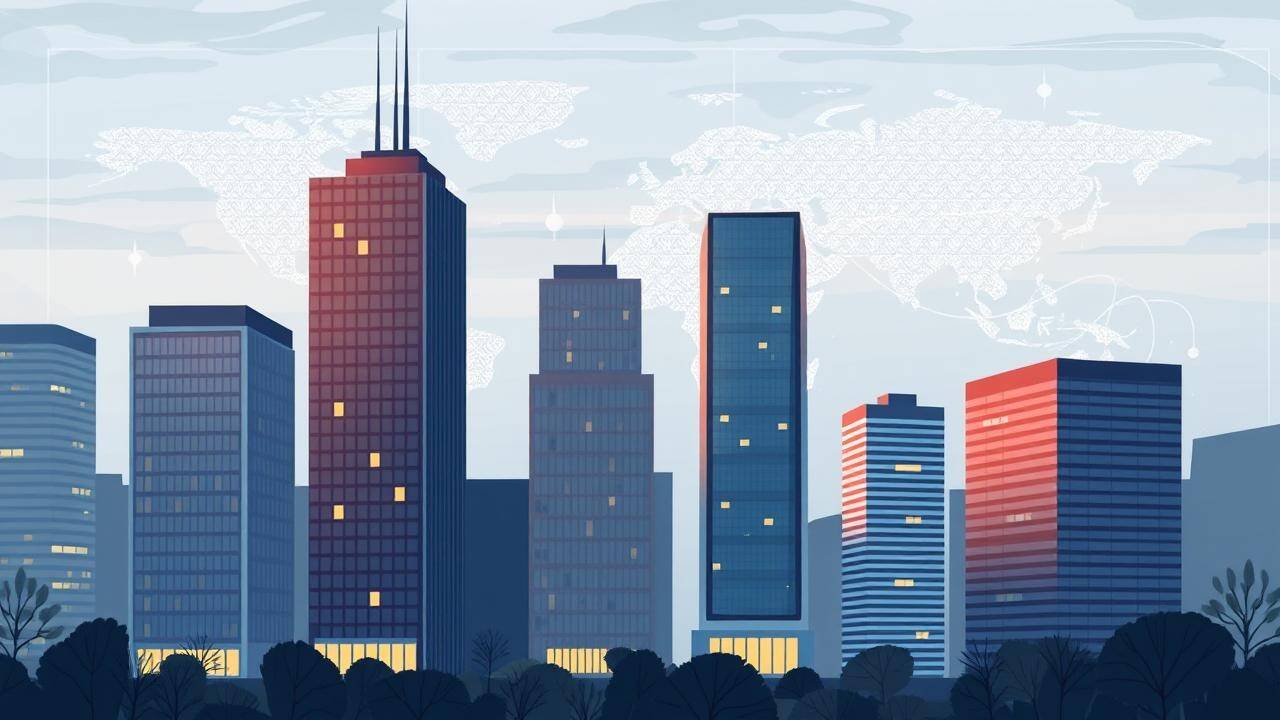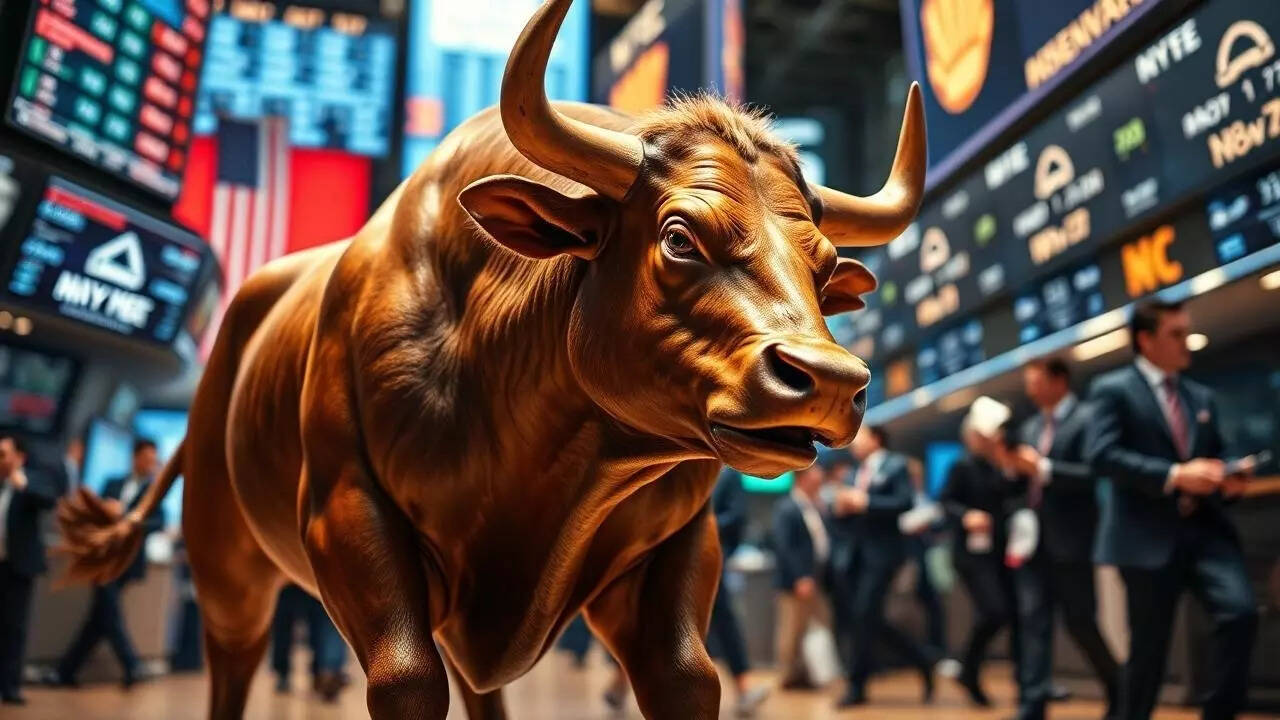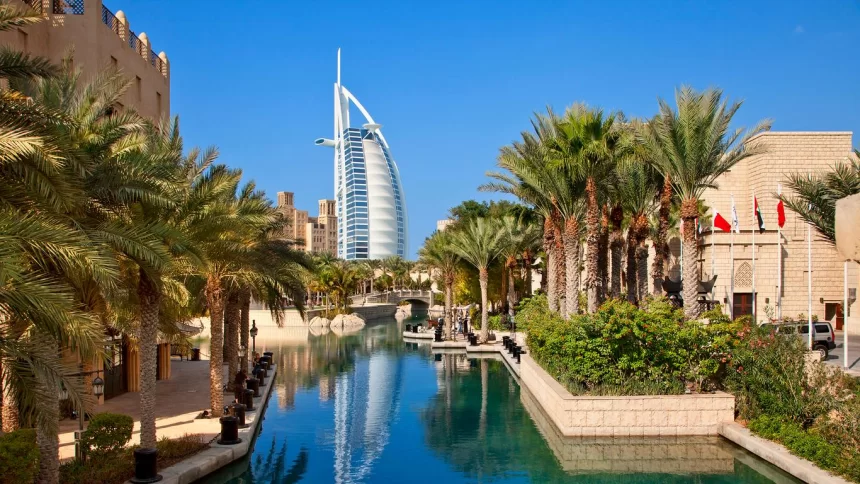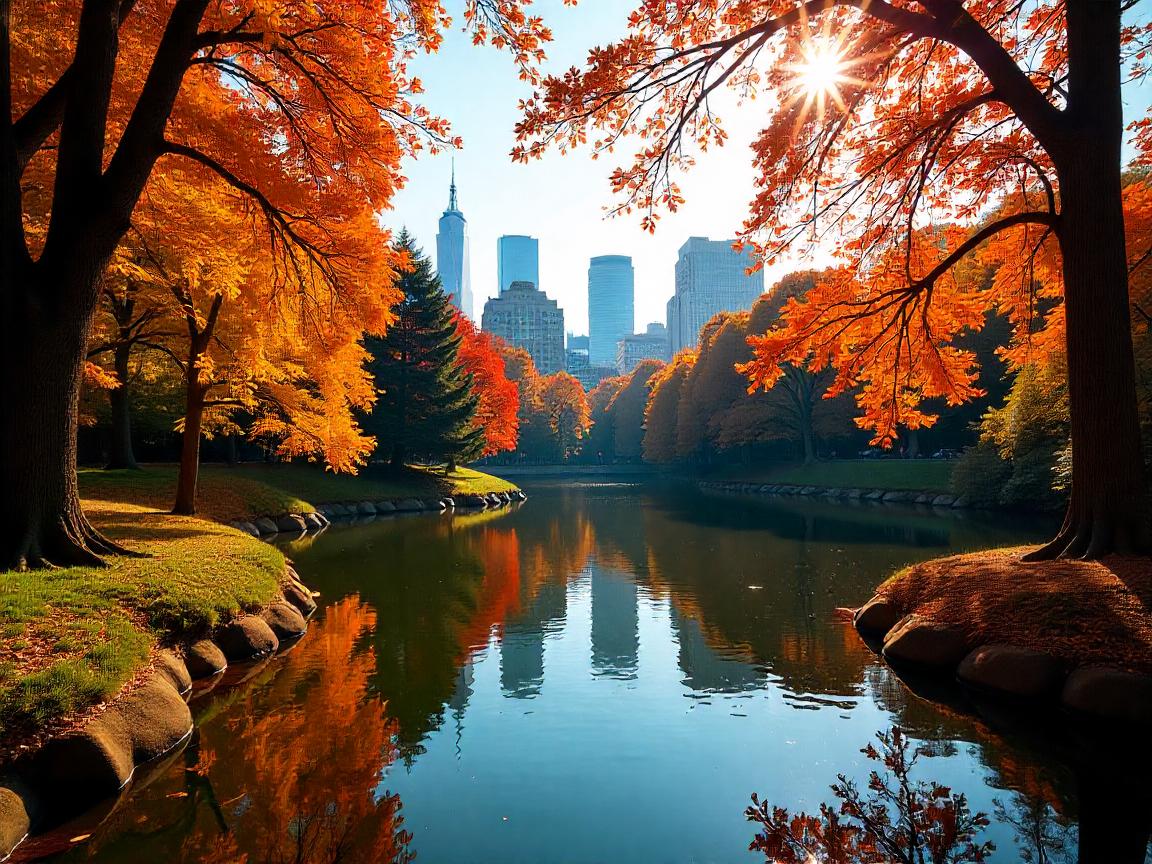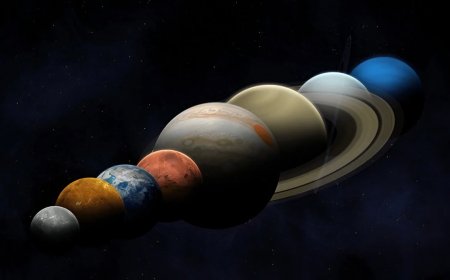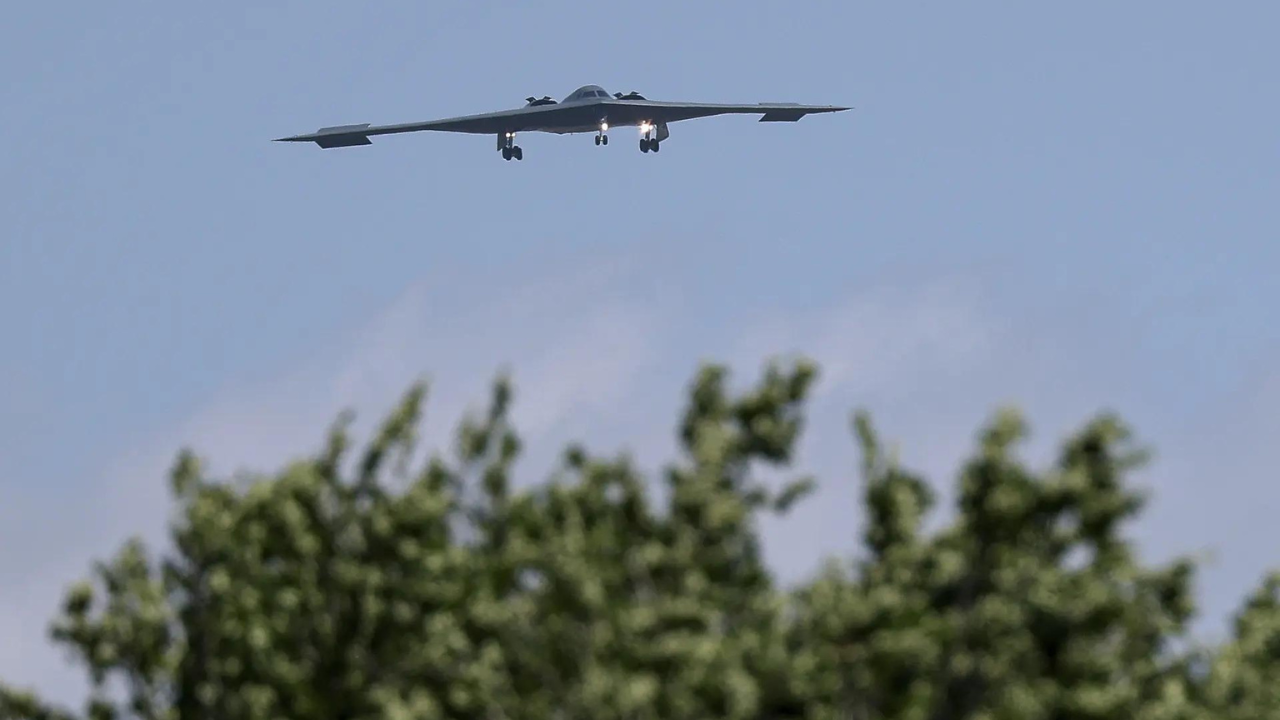Why 'Break Up Bangladesh' Calls Are Coming From Politicians In Northeast

Join our WhatsApp Community to receive travel deals, free stays, and special offers!
- Join Now -
Join our WhatsApp Community to receive travel deals, free stays, and special offers!
- Join Now -
After the change of regime in Bangladesh, the new dispensation is now looking at China as a larger ally as it keeps a distance from India, a long-standing friend of Bangladesh. This as India and Bangladesh have made strides, with India investing in the bilateral relationship by establishing new economic corridors, railway and road routes for trade and setting up land ports to facilitate trade between the two countries.
While Md Yunus, the Chief Advisor of the interim government in Bangladesh has sparked a furore with his comments on the northeast, beyond strategy and military concerns of what Md Yunus said, Bangladesh is now looking beyond India for help to keep its closest neighbour out of economic activities in Bangladesh. According to the India Brand Equity Foundation (IBEF) which is a Trust established by the Department of Commerce, Ministry of Commerce and Industry, Government of India. Bangladesh is India's biggest trading partner in the subcontinent and India is the second biggest export partner, accounting for 12 per cent of the total exports to Bangladesh. The total trade turnover in FY24 touched US$ 12.90 billion.
India exported 5,620 commodities to Bangladesh in FY24 and India's export to Bangladesh stood at US$ 11.06 billion in FY24 and US$ 12.21 billion in FY23, the IBEF says. India imported 1,012 commodities from Bangladesh in FY24. India's imports from Bangladesh stood at US$ 1.8 billion in FY24 and US$ 2.02 billion in FY23, according to IBEF.
But Bangladesh's new regime, which is not an elected government but only in place till elections are held and a democratically elected government is installed, is intent on changing the status quo, not only when it comes to security and strategic matters but also economic activity, with a push towards China over India.
Bangladesh is looking at China now with a focus on investments and this was outlined in a briefing at the Bangladesh Foreign Service Academy by officials from the Bangladesh administration. Apart from Manufacturing, Bangladesh is seeking investments in Infrastructure, Renewable Energy, AI and Technology with a $2.1 billion commitment from China and this time, Bangladesh is seeking more investments rather than loans. The interim Bangladesh Government claims of the $2.1 billion, $1 billion is investment commitments by around 30 Chinese companies. Bangladesh is also pushing the 150-acre Chinese Economic and Industrial Zone in Anowara.
Healthcare is another sector where the new government wants to bring in China over India. Lakhs of Bangladeshi patients travel to India every year for treatment. "The transport movement from Bangladesh for tertiary healthcare, which is usually towards India and Thailand, China is now trying to provide that help and support to us from China,” Ashik Chowdhury, Chairman, BIDA & BEZA said. Pushing for higher frequency of going to China, Chowdhury said, "It is possible to get the maximum investment from China and there is doubt about that."
Mr Chowdhury went on to say, "Our vision is to convert Bangladesh into a manufacturing hub. Bangladesh will emerge as the world's factory. We are not asking Chinese investors to come here to only touch Bangladesh's local markets. We are asking them to cater to local markets, cater to the seven sisters (India) and cater to Nepal and Bhutan. We are moving forward on a number of ports. We are building a deep seaport in Matarbari, we are thinking of a bay terminal in Chittagong and once we have port connectivity, Bangladesh can establish itself as a manufacturing hub and you can export to Southeast Asia and potentially the rest of the world."
"We have taken this proposition to the Chinese and based on this, they are showing a lot of interest. We are hoping we will see a series of investments in the future because of this. We have an upcoming summit, and the Chinese delegation is the biggest, with 96 Chinese investors saying they will come. After our visit, many more have shown interest, and I believe this number will go up to over 100. On the back of the investment summit, China's DG of commerce, equivalent to our secretary, has promised around 15 Chinese investors independently and he will visit Anowara in Chittagong. They are very hopeful as they have got a green signal from the President and they really want to make a move on Bangladesh from an investment point of view," Chowdhury added.
For India, this could pose a challenge, especially for the northeast. China's presence in the region could make the Chicken's neck (Siliguri Corridor) even more vulnerable. Chittagong is a port that India has been looking at strategically with Bangladesh. India has already developed infrastructure to connect Tripura to the Chittagong Port.
A paper titled, Using Chattogram Port as a Transshipment Hub for the North Eastern Region of India published by the Asian Development Bank highlights why Chittagong is important for India's northeast. The paper explains, "Currently it takes about 7 days to reach Ashuganj from Kolkata by the river route. Chattogram port is a more viable option for the NER, especially Southern Assam, Tripura, Manipur, and Mizoram due to the shorter transit distance involved. The routes connecting Agartala with Chattogram port are cost[1]efficient compared to the Siliguri Corridor."
"For instance, the distance by road from Kolkata port to Agartala, via the Siliguri Corridor, is approximately 1,570 km, requiring transportation time of 8-10 days and transportation cost of Rs 6,300 - Rs 7,000 per ton. The transshipment route via Chattogram port is shorter, with a sea distance of about 360 nautical miles (that is, 650 km) from Kolkata to Chattogram port and onwards inland distance of about 250 km from Chattogram port to Agartala via Akhaura. However, the transportation time and cost for this movement would depend upon the ease of movement facilitated by both the governments. As shared with the study team by various logistics service providers in the region, a composite transportation cost of Rs 5,000 - Rs 5,800 per ton may be incurred with transportation time of 5 days or more depending on pre-berthing delays at Chattogram port, or other significant delays due to customs clearance processes. Overall, Chattogram as a transshipment option could lead to 8%-20% savings (Rs 500 - Rs 1,300 per ton)," the paper by Asian Development Bank says.
India has also invested in developing a road link from Sabroom in south Tripura to the Chattogram Port with the bridge over the Feni river, the Indo-Bangladesh Maitree Bridge, also being completed. The road from Sabroom to Chattogram through Ramgarh in Bangladesh will cut the distance to around 85km, making it much more economically viable for the transportation of goods to India's northeast region through the port.
It is this economic threat to India that has seen politicians from the northeast, especially Tripura, bringing up Chittagong more aggressively. The anti-India sentiments in the region, especially among the indigenous tribal populations, is negligible even as anti-India elements try to push their agenda within Bangladesh. Pradyot Manikya, the founder of the Tipra Motha, the second largest party in Tripura is calling for securing India's national interest when it comes to the region.
"Rather than spending billions on innovative and challenging engineering ideas we might as well break up Bangladesh and have our own access to the sea. The Chittagong hill tracts were always inhabited by indigenous tribes which always wanted to be part of India since 1947. There are lakhs and lakhs of Tripuri, Garo, Khasi and Chakma people which reside in Bangladesh in terrible conditions in their traditional lands. This should be utilised for our national interest and for their well-being," Pradyot Manikya says.
Rather than spending billions on innovative and challenging engineering ideas we might as well break up Bangladesh and have our own access to the sea . The Chittagong hill tracts were always inhabited by indigenous tribes which always wanted to be part of india since 1947 . There… https://t.co/rcjs6msae7 — Pradyot_Tripura (@PradyotManikya) April 1, 2025
What's Your Reaction?
 Like
0
Like
0
 Dislike
0
Dislike
0
 Love
0
Love
0
 Funny
0
Funny
0
 Angry
0
Angry
0
 Sad
0
Sad
0
 Wow
0
Wow
0














